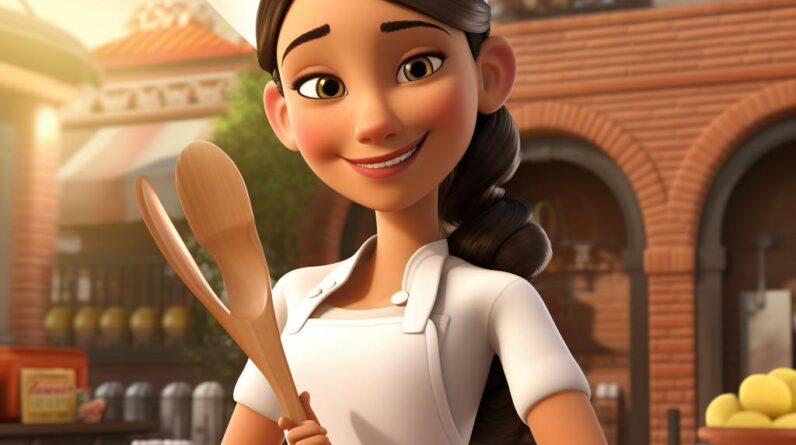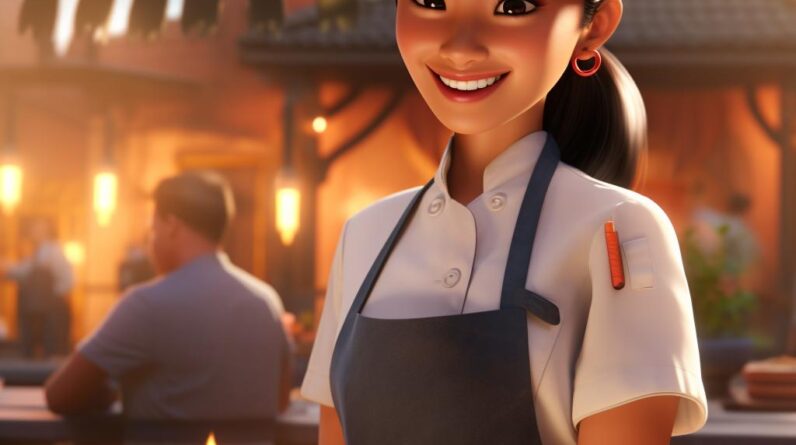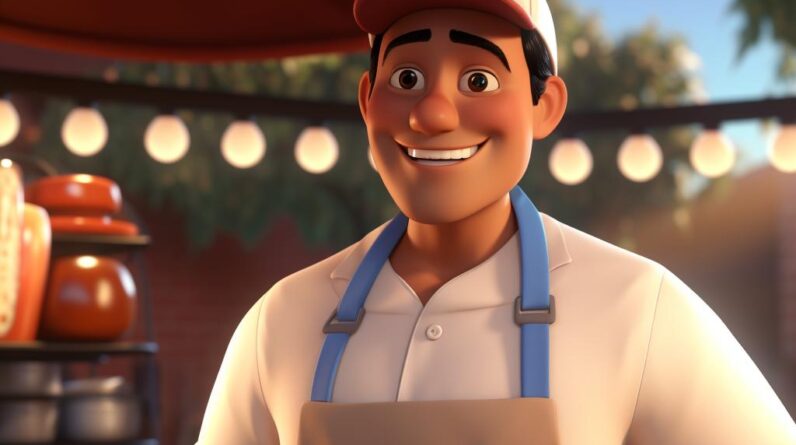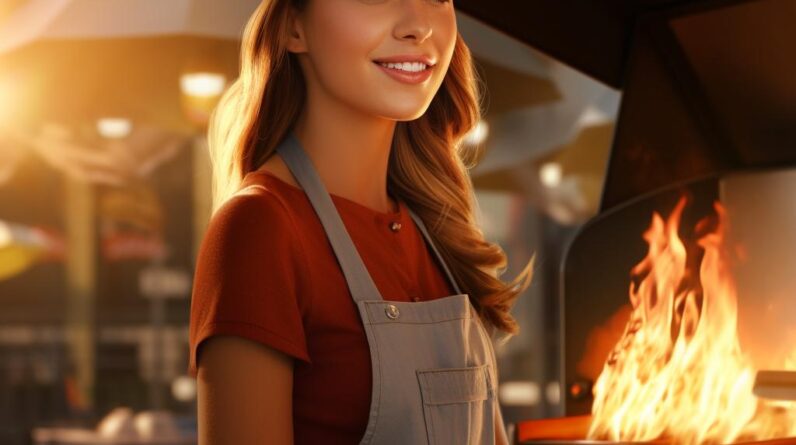Table of Contents
When it comes to grilling juicy, flavorful chicken, temperature control is critical. The right grill temperature ensures the chicken cooks through fully without drying out and gives it that nice charred exterior. However, chicken can easily overcook and is prone to flare-ups.
This comprehensive guide provides everything you need to know about managing grill heat for tender, succulent chicken. You’ll learn:
- Ideal grill temperatures for all cuts of chicken
- How heat level affects doneness and moisture
- Pro tips for regulating temperature
- Common mistakes and how to avoid them
- Solutions for temperature fluctuations
- How to quickly recover from flare-ups
- The best fuel and setup for chicken
With these temperature control tips, you’ll be a master griller of chicken in no time.
Why Temperature Control Matters for Chicken
Maintaining proper grill temperature is crucial when cooking chicken because:
Chicken Cooks Quickly
The relatively thin cuts of chicken cook fast. High heat accelerates cooking even more, risking overcooking.
Overcooking Dries Out Chicken
Without enough moisture, chicken ends up dry and chewy. The right temperature preserves juices.
Uneven Cooking
If the temperature fluctuates, the chicken won’t cook evenly, creating underdone and dried out pieces.
Flare-Up Risk
Chicken fat and juices dripping can cause temperature spikes from flare-ups, charring the meat.
Possibility of Bacteria
Chicken cooked below proper temperatures poses a bacteria risk. Heat control ensures food safety.
With so many variables at play, it takes diligent temperature monitoring and quick adjustments to perfectly grill chicken.
Ideal Grill Temperatures for Chicken
These target temperature ranges yield safe, tender, juicy chicken for various cuts and prep methods:
Boneless Chicken Breasts
350-450°F direct heat. Pound to 1⁄2 inch thickness.
Bone-In Chicken Breasts
325-375°F direct heat. Monitor thickness; may need indirect heat to finish.
Chicken Tenders
400-450°F direct heat. Cook quickly 2-4 minutes per side.
Chicken Wings
375-450°F direct heat. Crisp skin at higher temp.
Chicken Thighs
325-400°F direct heat. Cook to 175°F internal.
Chicken Legs
350-425°F direct heat. Allow 20-30 minutes for crisp skin.
Whole Chicken
325-375°F indirect heat. Stuff cavity; rotate periodically.
Use a meat thermometer to confirm safe 165°F internal temperature. Let rest 5 minutes before serving.
How Heat Level Affects Chicken
Managing grill temperature impacts several aspects of the end result:
Cook Time
Higher heat = faster cooking time. Lower heat prolongs the cook.
Browning and Char
Higher heat deeply browns and chars the exterior. Lower heat gently cooks with less sear.
Moisture Retention
Too high heat dries chicken out. The right temperature range keeps meat juicy.
Skin Crispiness
Higher heat makes skin crisper. Low and slow heat keeps skin rubbery.
Smoke Absorption
Lower indirect heat gives chicken more opportunity to absorb smoky flavor.
Considering these effects will inform your target temperature to achieve your preferred finished chicken.
Pro Tips for Regulating Chicken Grill Temperature
Use these expert techniques to control your grill’s temperature when cooking chicken:
Indirect vs Direct Heat
Use indirect heat for larger cuts and direct for thinner pieces. Combining methods works too.
2-Zone Fire
Set up direct and indirect heat zones for flexibility. Move chicken between zones as needed.
Vents
Open top and bottom vents increase air flow and temperature. Close them to lower heat.
Burners
For gas grills, adjust burner intensity. Turn off one side for indirect.
Charcoal Amount
More charcoal means more potential heat. Add or remove as necessary.
Water Pan
A water pan absorbs heat. Use it to cool down flare-ups or lower the temperature.
Rotate Often
Rotate chicken frequently for even exposure to heat. Flip every 5-8 minutes.
Stay vigilant and utilize these techniques to maintain your target temperature range.
Common Chicken Grill Temperature Mistakes
Avoid these common pitfalls when managing grill temperature for chicken:
Heat Too High
High direct heat overcooks the outside before the inside cooks through.
Heat Too Low
Chicken doesn’t brown and cook thoroughly at too low of a temperature.
Not Preheating
Neglecting to preheat drops the temperature when chicken is added.
Choosing Thin Metal Grates
Thin grates don’t hold heat well, causing dips in temperature.
Leaving Lid Open
An open lid dissipates heat quickly, preventing temperature maintenance.
Basting Too Often
Frequently opening the lid drops the heat each time.
No Drip Pan
Without a drip pan, falling fat can cause flare-ups and temperature spikes.
Avoiding these missteps will already put you ahead of the game for even, steady heat ideal for chicken.
Solutions for Temperature Fluctuations
Despite your best efforts, temperature fluctuations happen. Here are some solutions:
Move Chicken
If the grill runs hot in spots, rotate chicken or shift it to a cooler area.
Adjust Burner Heat
For gas grills, tweak burner intensity to regulate temperature. Turn off sections for indirect.
Open/Close Vents
Cracking the lid or bottom vents supplies oxygen to increase heat. Close them to rapidly lower temp.
Use Water Pan
A water pan absorbs heat. Add or remove it as needed to stabilize temperature.
Rake Coals
Spread out coals for lower heat. Pile them up for more concentrated high heat zones.
Spritz Flare-Ups
Use water or broth to quickly extinguish flare-ups causing sudden heat spikes.
Staying reactive is key for evening out temperature fluctuations during the cook.
Recovering from Flare-Ups
Flare-ups from chicken drippings can instantly rocket temperatures. Here’s how to mitigate the effects:
Spritz with Water
Misting the flames with water brings them under control quickly.
Move Chicken
Get the chicken off the direct flames causing the flare-up immediately.
Remove Excess Drippings
Wiping away excess drippings deprives the fire of fuel.
Close Vents
Cracking the lid open reduces oxygen while closing vents further snuffs out the flames.
Use Baking Soda
Sprinkle baking soda generously over flare-ups to extinguish them.
Lower Heat
For gas grills, turn the burners down temporarily to reduce the extreme temperature.
Stay calm and employ these tactics quickly. Get back to your target temp and continue cooking.
Best Fuels and Grill Setups for Chicken
To optimize temperature regulation, use these fuel types and grill configurations:
Gas Grill
Gas allows more precise temperature control via burner adjustment. Ensure adequate BTUs for heat.
Charcoal Grill
Charcoal gets hotter than gas, but temperature can fluctuate more. Use vents for control.
Pellet Grill
Digital controls make maintaining the temperature zone easy with pellet grills.
2-Zone Fire
Set up both direct and indirect heat areas for maximum control. Gradually move chicken between zones.
Raise Heat Source
By raising charcoal grate or gas burners, far-infrared heat gently roasts chicken.
Use a Drip Pan
Strategically placed drip pans minimize fat flare-ups for steady temp.
Selecting the right fuel and grill configuration will make temperature regulation much easier when cooking chicken.
Mastering Chicken Grill Temperatures
Here are some final tips for conquering temperature control:
- Preheat grill fully before adding chicken.
- Learn ideal temps for the chicken cut you’re grilling.
- Use a reliable thermometer for monitoring.
- Remember – indirect heat runs cooler than direct.
- Keep the lid closed as much as possible.
- Adjust vents strategically to regulate oxygen and heat.
- Have back up fuel on hand if needed.
- Remove excess drippings to prevent flare-ups.
- If in doubt, err on the lower end of the temperature range.
With a little practice using these tips, you’ll have perfectly cooked chicken with gorgeously caramelized exteriors every time. Say goodbye to dried out chicken – temperature control is the key!
Frequently Asked Chicken Grill Temperature Questions
Here are answers to some common grilling temperature questions related to chicken:
What temperature should chicken be grilled at?
Ideal grill temperature for chicken ranges from 325-450°F depending on cut. Boneless breasts do well around 350-450°F and bone-in around 325-375°F. Use lower end for larger pieces.
How can I prevent chicken from drying out on the grill?
Maintain proper grill temperature, brine chicken, use a water pan, cook indirectly, spritz with broth, and glaze at the end only. Don’t overcook and let rest before cutting.
Why did my grill temperature drop suddenly?
Opening the lid, wind, bad weather, too much food, inconsistent fuel, and flare-ups can all cause sudden temp drops. Adjust vents, burner heat, or fuel amount to compensate.
Is it bad to cook chicken on high heat?
Extremely high direct heat can overcook and dry out chicken. Cook gently at moderate temps of 325-450°F. Quick searing at high heat is okay.
Should I sear chicken on the grill?
Quickly searing chicken over direct high heat before finishing over more moderate indirect heat adds nice caramelization. But take care not to burn exterior.
Mastering chicken grill temperatures ensures juicy, flavorful results each time. Keep practicing with these tips to hone your skills.
Conclusion
From properly cooked interiors to crispy browned skin, precision temperature control is the key to grilled chicken success. Use this guide to get a handle on your grill’s heat. In no time, you’ll be effortlessly managing flare-ups and dialing in the right temps for tender, juicy chicken with kiss of smoke. So fire up the grill and enjoy your newfound mastery of chicken grill temperatures!







